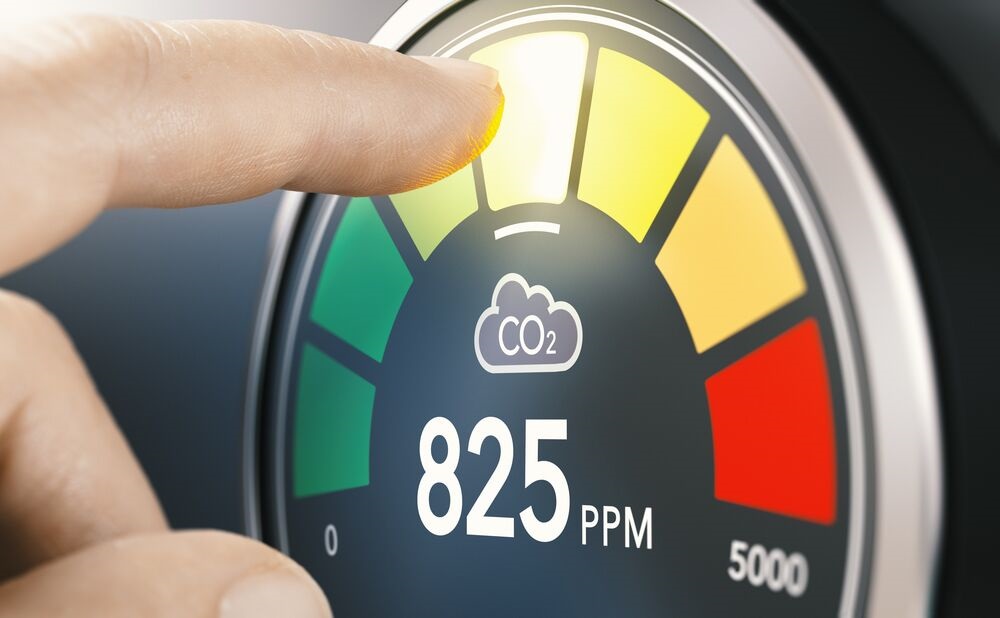Source : Mouser Electronics
Sensor technology has continued to advance over the past decade, enabling several new applications and use cases. For example, environmental sensing and air quality monitoring have emerged, with an emphasis on indoor air quality. Especially in the wake of the COVID-19 pandemic, people have become much more concerned with and acutely aware of the quality of the air in their indoor spaces.
Several factors should be considered when monitoring indoor air quality, including levels of carbon dioxide (CO2), particulate matter (PM), and volatile organic compounds (VOCs). Despite advances in sensing, with so many different variables to track, monitoring indoor air quality is a difficult task. This is true, particularly from a hardware system–design perspective, where designers must navigate the tradeoffs among performance, accuracy, and power consumption.
In this blog, we’ll discuss the various sensors used for indoor air-quality monitoring systems, the challenges in system design, and some solutions to these problems.
Sensors Used to Monitor Indoor Air Quality
When monitoring indoor air quality, three major contaminants must be considered: CO2, PM, and VOCs. In general, measuring each of these individual contaminants requires the use of specific sensors.
For CO2 sensing, common types of sensors include non-dispersive infrared (NDIR) sensors, electrochemical sensors, and metal-oxide-semiconductor (MOS) sensors. For example, Amphenol Advanced Sensors’ T6793 is an NDIR CO2 sensor that is designed to offer extremely high accuracy in indoor air-quality monitoring applications. Some notable specifications of this sensor include an accuracy rating of ±45ppm +3 percent of reading in the measured range of 440ppm to 2,000ppm.
PM, on the other hand, is one of the most complicated types of air pollution because it takes so many forms and comes from many different sources. Generally, PM is classified into one of three categories: Coarse particles (PM10), fine particles (PM2.5), and ultrafine particles (PM0.1 – particles ≤0.1µm in diameter). As a result of this variety, PM sensors use many different detection techniques, including optical particle counting and volume scattering.
Similarly, VOCs encompass many contaminants and hence necessitate multiple forms of sensing. The three most popular forms of VOC sensors include photoionization detectors, flame ionization detectors, and MOS sensors. These sensors are typically calibrated using isobutylene gas but can have a wide range of reactions and output readings dependent on the actual VOC being measured.
>Beyond these three major contaminants, other factors such as temperature and humidity are valuable to monitor since they are key drivers of toxins.
Environmental Sensing Challenges and Tradeoffs
Given the variety of sensing options available, determining which sensors to use for the right application and the right environment is one of the most difficult aspects of designing an indoor air quality monitor. Generally, a designer’s choice of sensor is dictated by two main considerations: Power and performance.
Most indoor air-quality monitoring systems use a dedicated sensor to monitor air quality along with a radio system to transmit the sensor’s data wirelessly to a central online hub where they are analyzed. For these systems to provide the best flexibility and value, they are typically battery-powered. Because of the importance of battery life, the main design tradeoff for indoor air-quality monitoring systems is between power consumption and performance.
Generally speaking, an environmental sensor will have higher performance at the cost of higher power consumption. For example, using a higher sampling rate will help the sensor acquire detailed data but will significantly increase the power consumption of a device. This results in faster battery drainage, leading to unwanted device downtime and maintenance.
On the other hand, keeping power consumption to a minimum often comes at the expense of sensing performance as well as radio communication reliability. If an indoor air-quality monitoring system is underpowered, the sensor’s accuracy will suffer noticeably.
Hence, the ideal design for an indoor air quality monitoring system will find a balance between performance and power consumption such that the system has an acceptable battery life while providing accurate, valuable, and useful data. Often this may be achieved by selecting low-power components thoughtfully, using device sleep modes intelligently, and choosing the right wireless communication protocols for data transmission based on application and deployment location.
Conclusion
If we want to live in an environment where the air we breathe is healthy and contaminant free, then we must be able to monitor our indoor air quality accurately. For us to really gain valuable insights about our air quality, we need high-quality, accurate data. Through the use of sensors—like those described in this piece—and proper design that balances the tradeoff between performance and power consumption, we can build a future with healthier living and working environments for occupants.
To learn more, visit www.mouser.com












